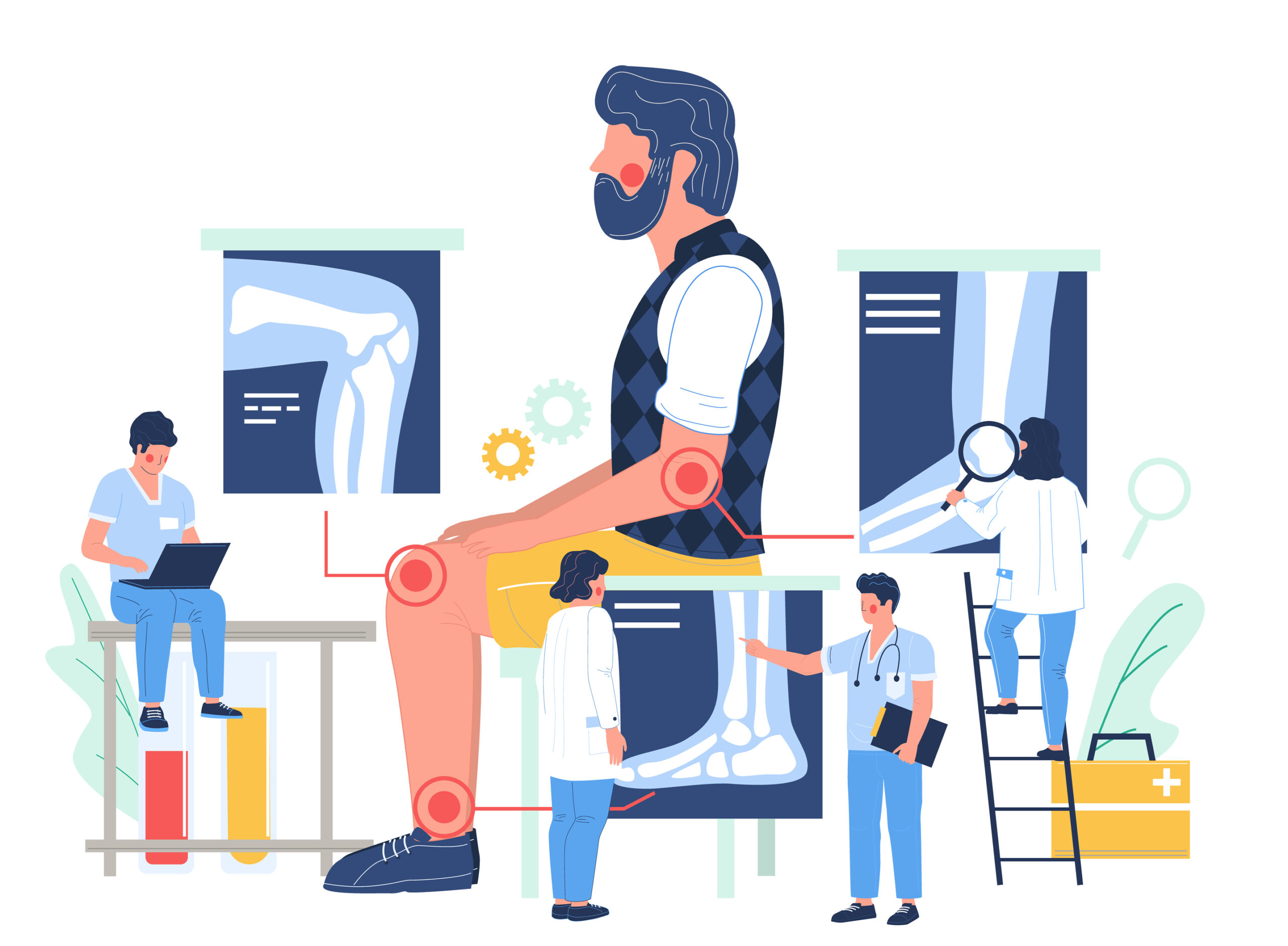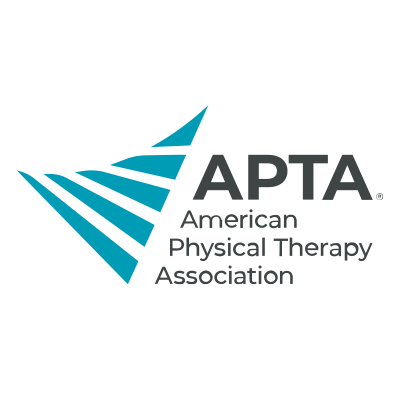Written by Tim McGonigle, PT
While it has been well known that heavy compressive loading and impact exercises promote bone development, application of training routines has been left to individuals and trainers making their best guess regarding style and dosing.
Through the groundbreaking research of microbiologists and physiologists enhancing our understanding of the bone development and regeneration process, more precise dosing, and pacing, of exercise prescription is now possible.
This new scientific understanding is driving a revision in the theoretic model, underlying therapeutic intent, and dosing of exercise in our bone health program. Our previous model revolved around the concept of dosing stresses to produce a level of “controlled damage” to bone tissue stimulating the repair process and, in time, netting a positive gain in the quality and quantity of bone matrix present.
In reality, the rate and quantity of bone cell production is mediated by chemical signals initiating gene expression. While a shallow understanding that our intervention was being driven by gene expression, it was not at the forefront of our thoughts and our model was driven by a much more macro-physiologic view. The work of these brilliant researchers produces a paradigm shift in the focus of the source of bone matrix regeneration. Through their work a much more calculated application and dosing of stressors becomes the basis of bone health intervention, leading to a much more efficient use of the participant’s time and resulting in better outcomes.
It turns out that bone cells can secrete the chemical signal to stimulate the production of new and more robust bone matrix from no more than 40 mechanical loads during an approximate 10-minute time period before the response fatigues and additional loading becomes unproductive in terms of stimulating bone building gene expression. Bone cells require about an eight-hour recovery period prior to being capable of producing another round of chemical signaling to stimulate the genesis of more bone tissue. While it is true that the magnitude of the mechanical load needs to be sufficient to deform targeted bones to stimulate the chemical response, the concept that more aggressive or prolonged loading being productive in creating new bone is simply not true. Additional loading from exercise or physical activity throughout the day serves to help preserve and mature new bone formation, but it will not create it.
To initiate the release of the chemical signal to stimulate the formation of more abundant and robust bone matrix in the lower quadrant bones requires a stress equal to three times a person’s healthy body weight. This is roughly the stress produced when jumping rope and landing on both feet at the same time. Unless we are confident that the participant’s tissues can tolerate this magnitude of force, their initial program will still consist of our more conservative eight-to-sixteen-week tissue toughening routine. For those entering the program with the required level of tolerance, and for those graduating from our initial tissue toughening routine, the program will consist of performing a quick series of four to five exercises targeting key aspects of the skeletal system twice a day, up to seven days a week with four rounds of ten repetitions each. Doing so creates the maximal genesis of new robust bone cells. However, without adequate additional strenuous activity throughout the rest of the week the new bone cells will be reabsorbed resulting in little or no overall gain in bone density. This is why it is so important to additionally participate in more comprehensive exercise routines directed at enhancing overall strength, endurance, balance, agility, fall prevention – and preserving the new bone matrix development.
Examples of exercises in this quick exercise routine are stressing the upper quadrant bones by trying to torsion a stick, heel drops, stomping, hopping and attempting to stand from a slight squat against the unyielding resistance of a strap. Moving quickly from one set of ten reps to the next should require about ten minutes to complete the four rounds, giving the optimal dose of stress to bone cells and creating the optimal chemical signal for the creation of new bone matrix formation.
For more information regarding this groundbreaking approach to mitigating osteoporosis, associated critical dietary information and the development of your personal program please contact our front desk and get an appointment set up with one of our therapists. If you live out of town, feel free to contact our office to see if we have trained a therapist in your area.










